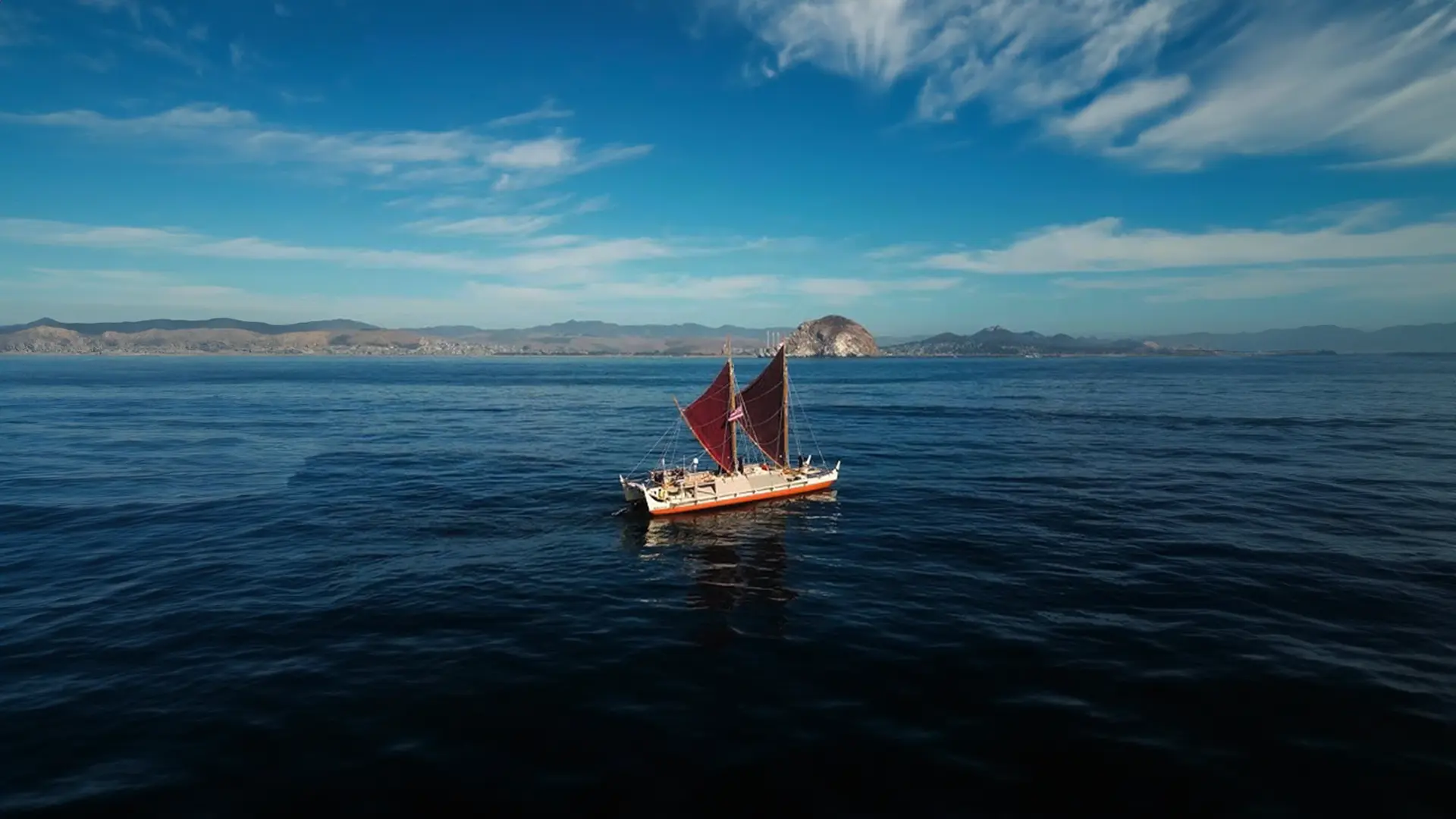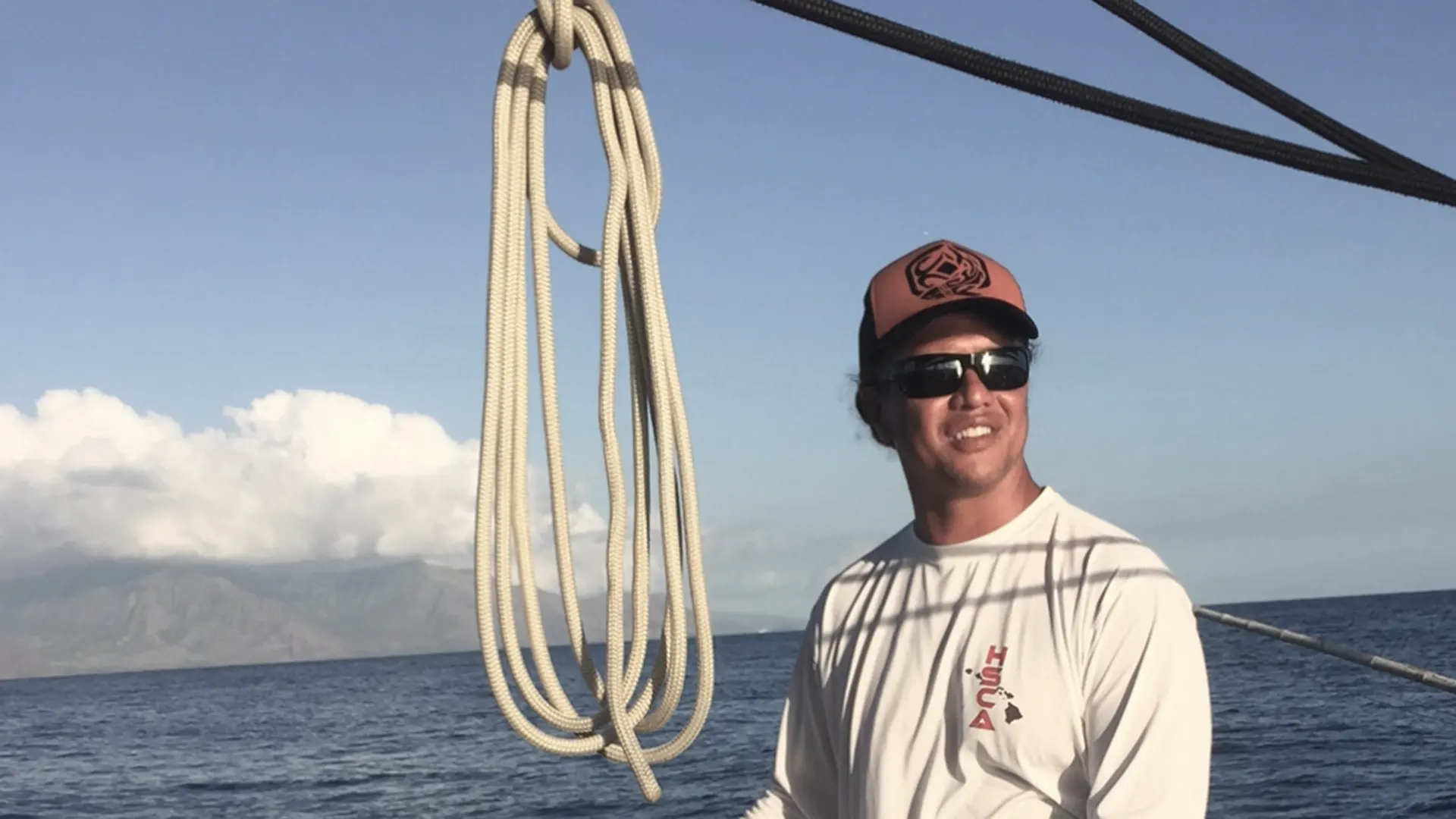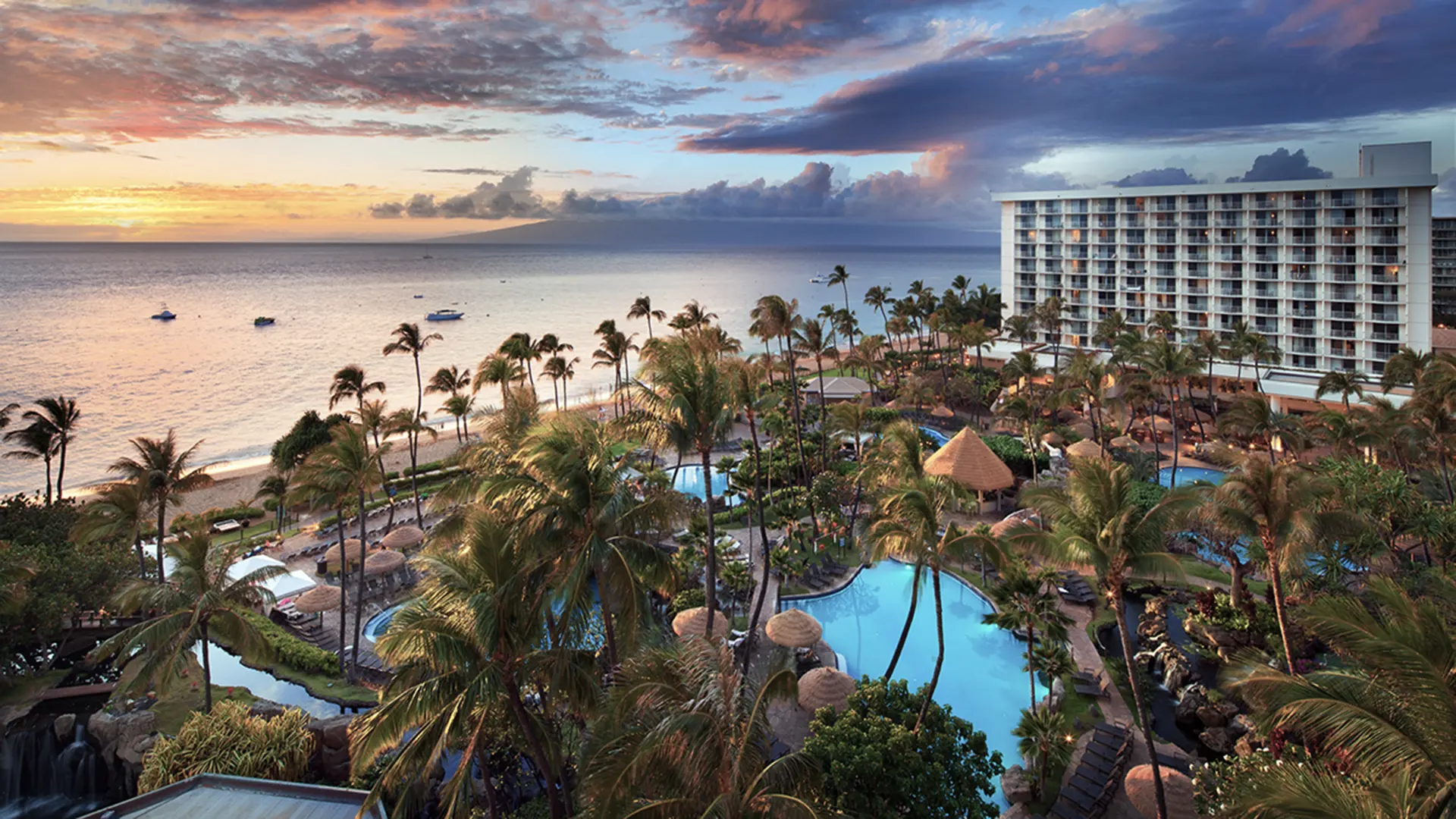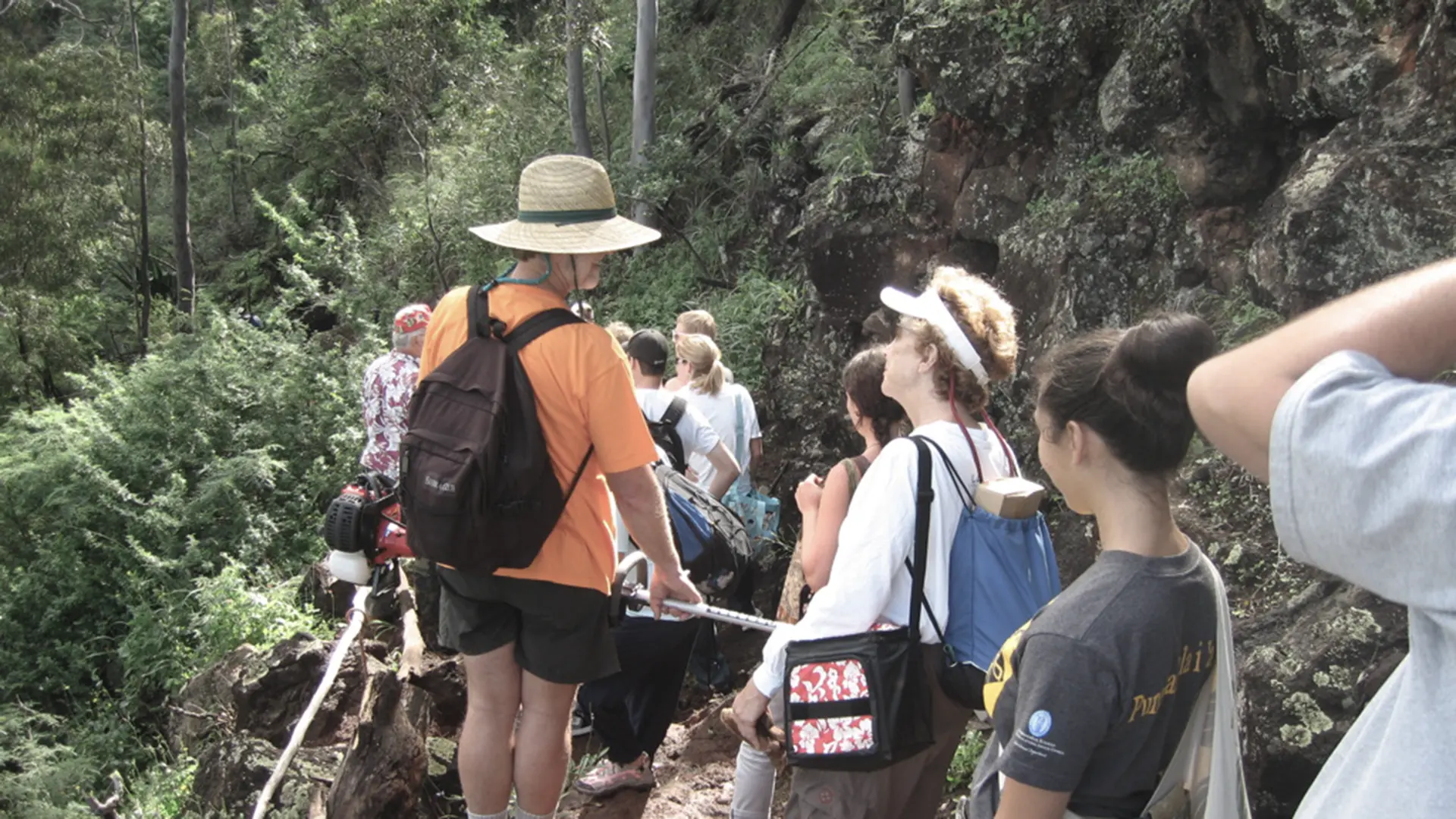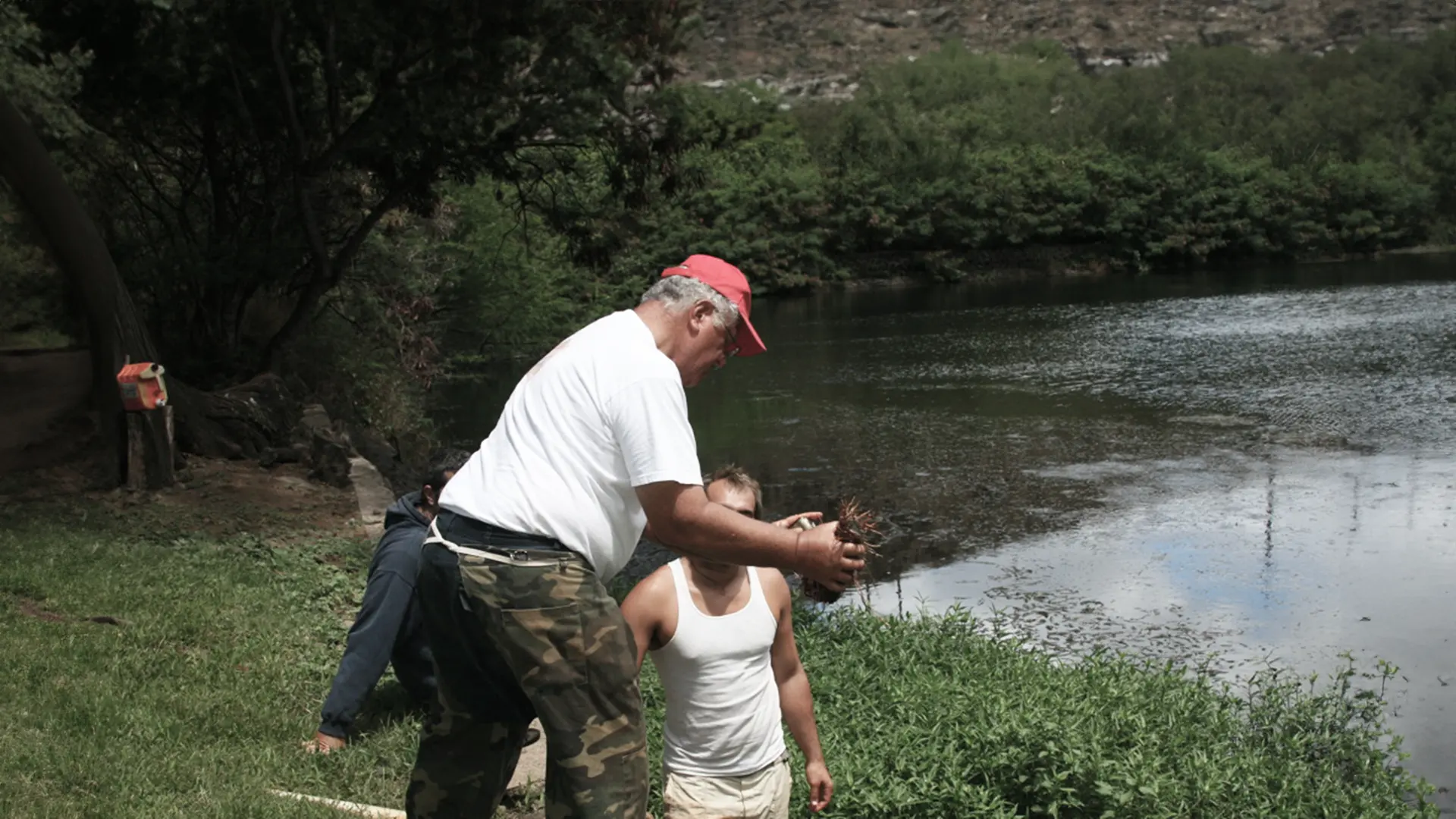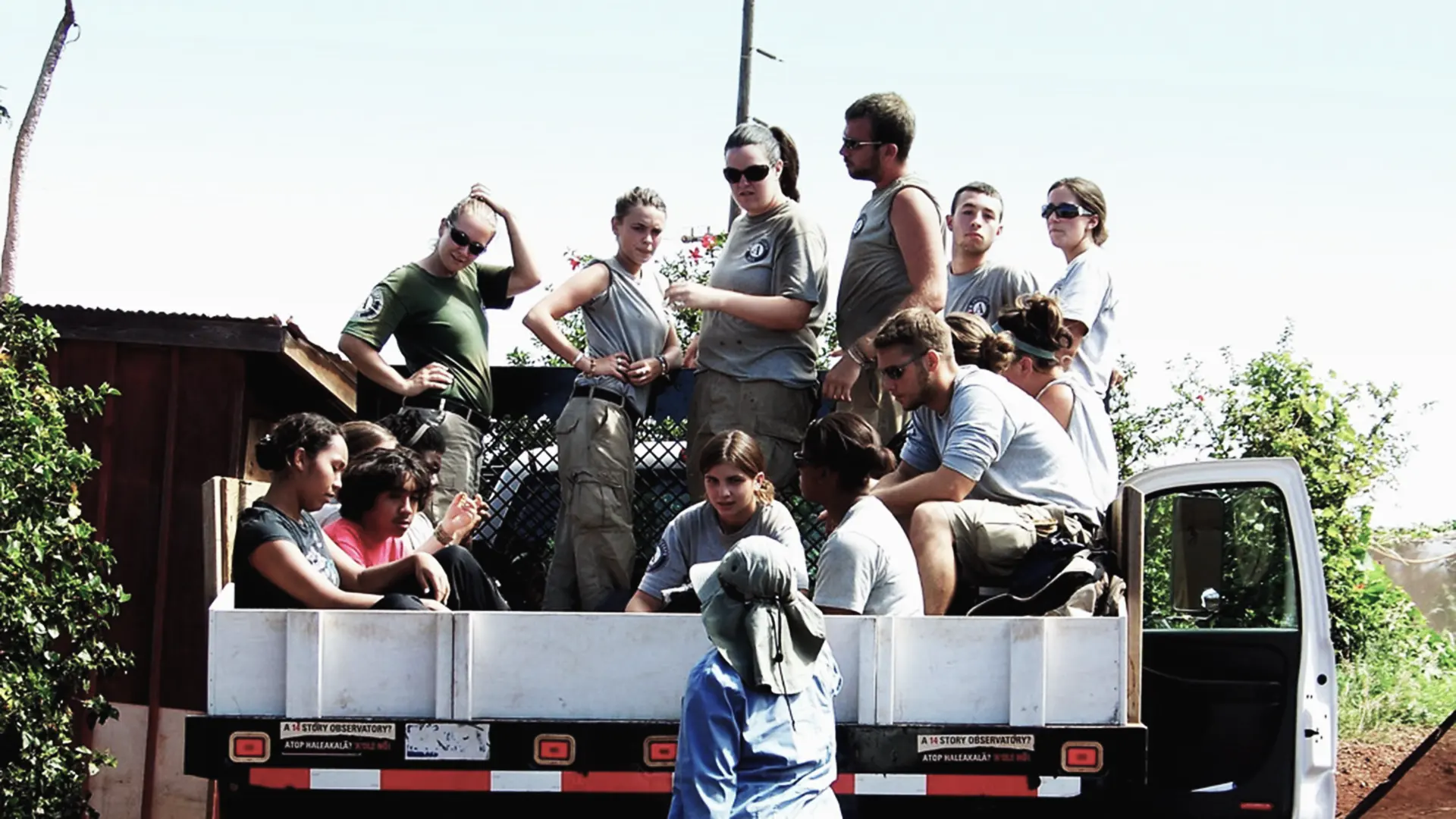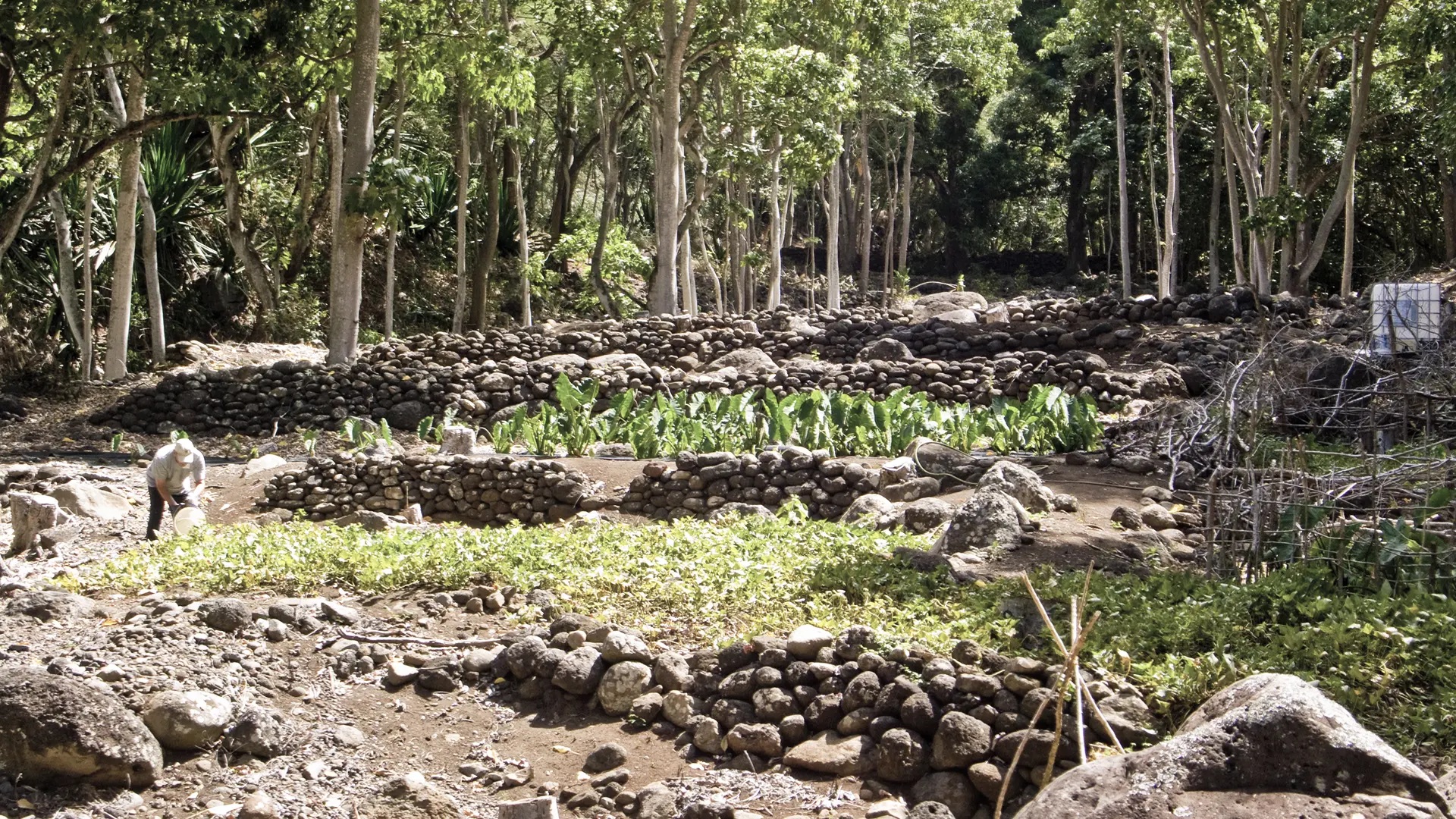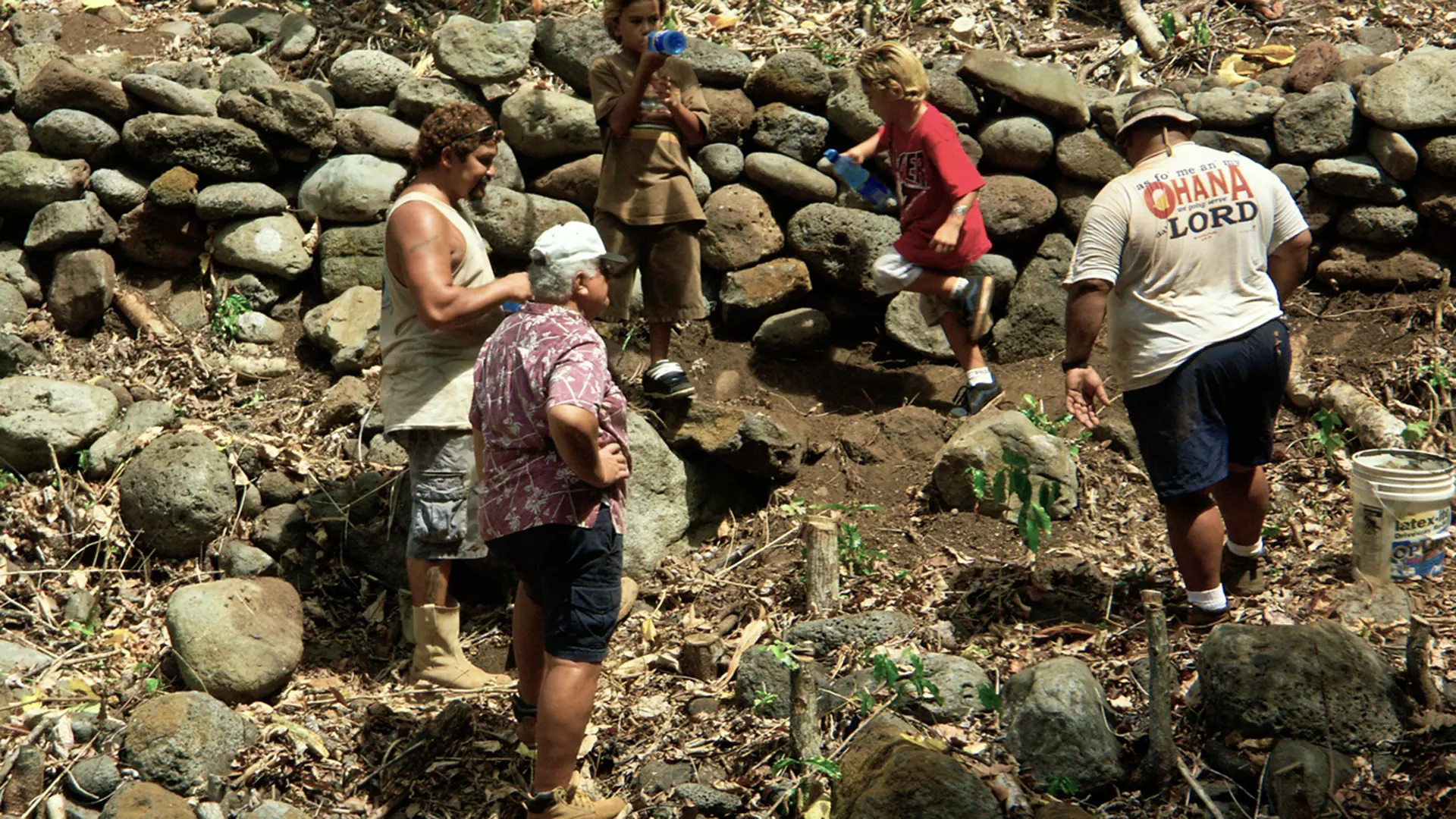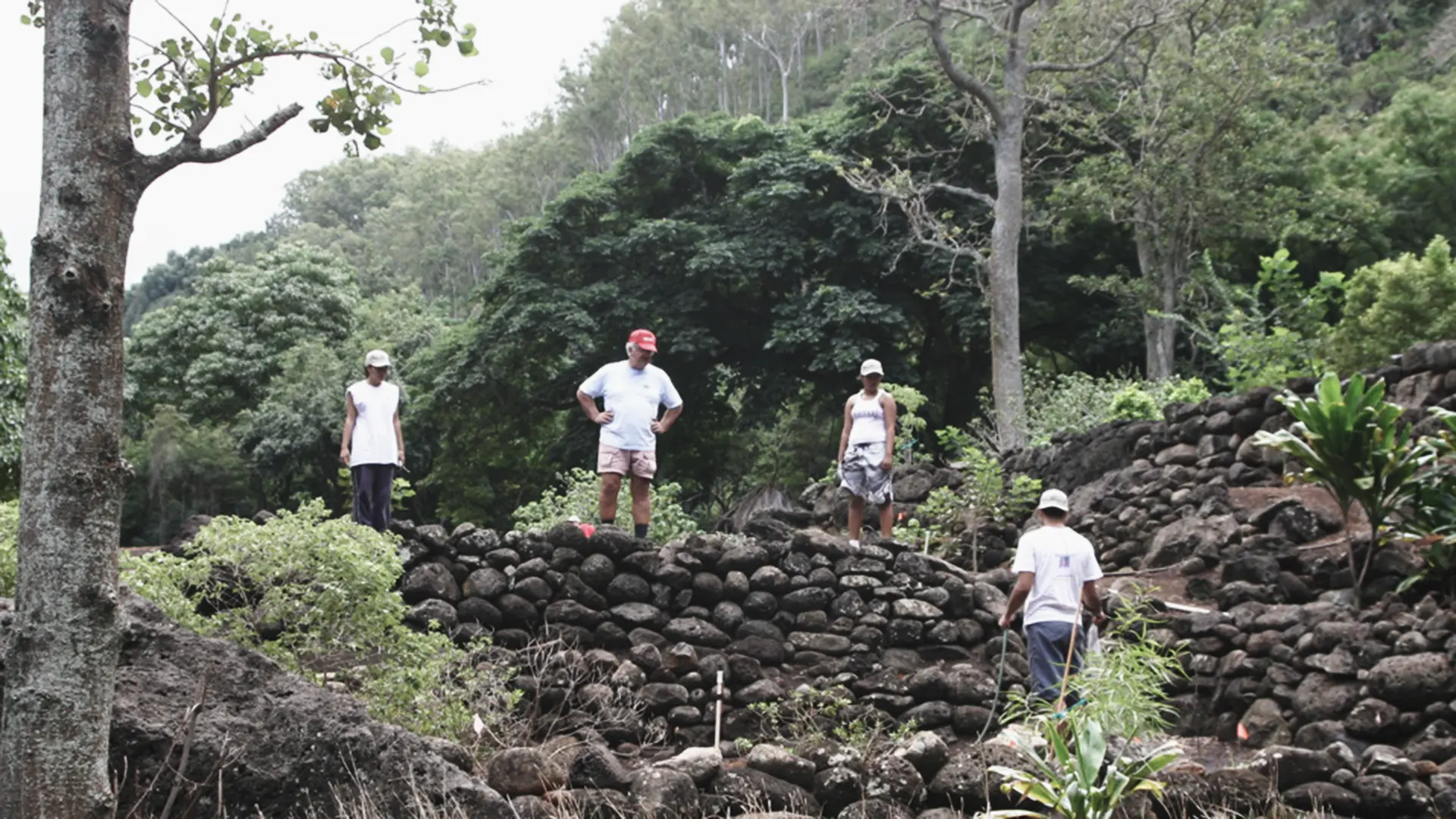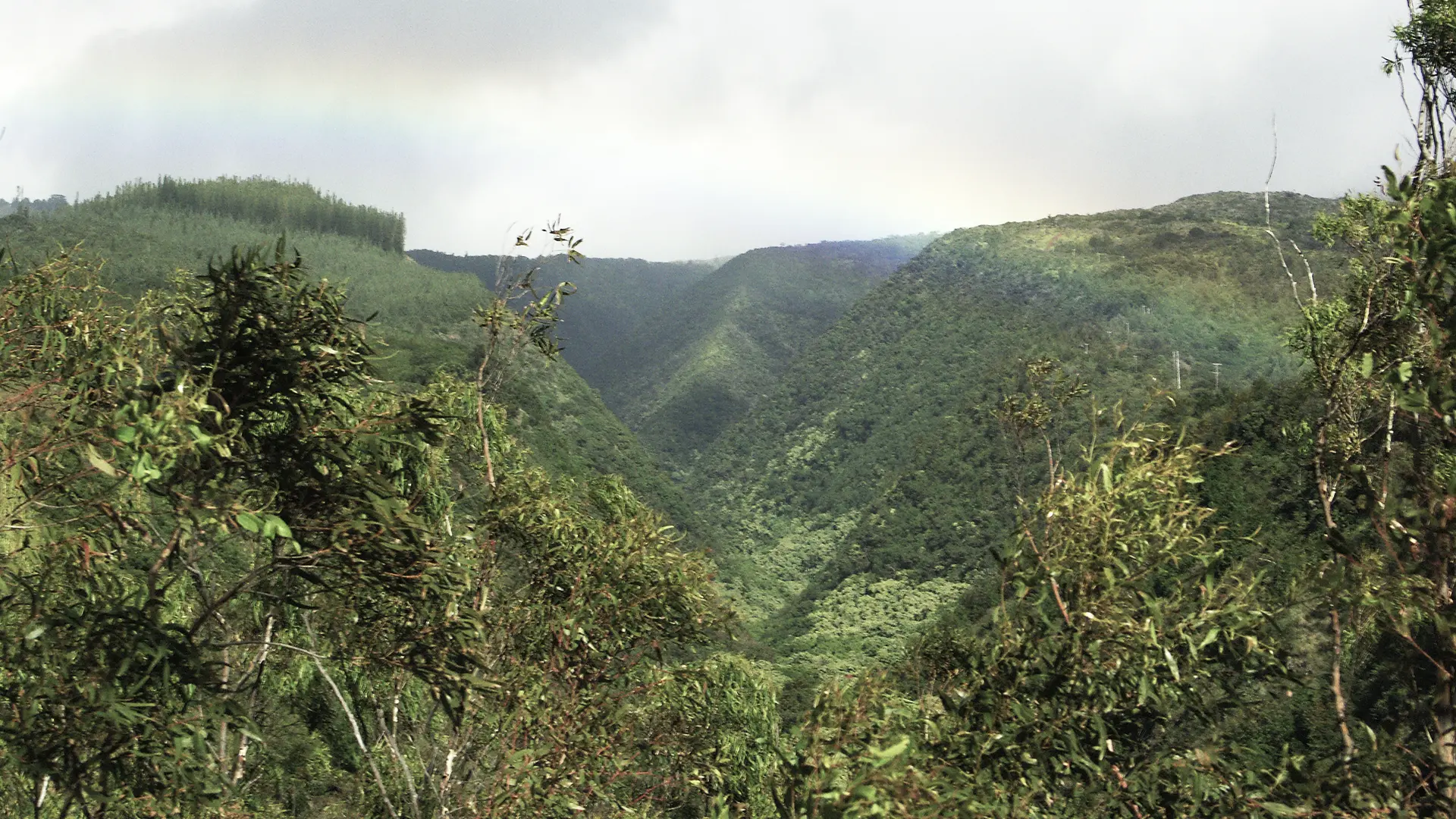Talk Story
Every culture around the world has its own way of sharing information. Here on the Hawaiian islands, we share informally by “talking story” — slowing down and taking time to explore ideas, stories, opinions and history with the people around us. We hope our Talk Story will help to inspire and connect our global community!
Ekolu Lindsey joins The Nature Conservancy and the Polynesian Voyaging Society crew aboard the Hikianalia sailing vessel traveling 500 miles to the NW Hawaiian Islands.
Ekolu Lindsey stepped up as president of Maui Cultural Lands and taking the lessons learned from his dad and making them into reality.
Hawaiian Public Radio Interviews Ekolu Lindsey about community-based resource management, sustainability, and other related issues.
Starwood Hotels & Resorts Hawaii will launch “E Ho‘ohui Kākou (Together As One),” a weeklong cultural celebration across four islands in mid-October.
A public service announcement created for Maui Cultural Lands by freshmen students at Seabury Hall high school here on the island of Maui, Hawai`i.
Uncle Ed Lindsey of Makawao was the recipient of the award shaped like an outrigger-canoe paddle at the "More Fish in the Sea: E Ola Ke Kai, E Ola Kakou" event.
Volunteering on Vacation is a unique opportunity to connect and help restore to an ancient land and the Hawaiian culture that nurtured it for thousands of years.
Project Malama Honokowai is focused on restoring the ancient home of a flourishing Hawaiian community over 500 years ago.
After thirty-three years of teaching in Maui’s public schools, the affable Lahaina native retired from the school system, but he didn’t leave his classrooms.
Lindsey invites newcomers to build a better Maui. A retired school teacher, Lindsey is passionate about giving back to the land he loves. People need to work together for this island.
For 100 years, the remains of a once-thriving Native Hawaiian village in Honokowai Valley lay dormant. Today, dedicated volunteers are restoring it—from the sticks to the stones.
Cherish the Land. Highlighting Maui Cultural Lands conviction of protecting and restoring Maui’s native forests.
